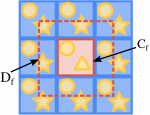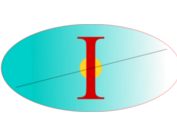Citation:
| chen2021stochastic.pdf | 4.73 MB |

Abstract:
Stochastic density functional theory (sDFT) is becoming a valuable tool for studying ground-state properties of extended materials. The computational complexity of describing the Kohn–Sham orbitals is replaced by introducing a set of random (stochastic) orbitals leading to linear and often sub-linear scaling of certain ground-state observables at the account of introducing a statistical error. Schemes to reduce the noise are essential, for example, for determining the structure using the forces obtained from sDFT. Recently, we have introduced two embedding schemes to mitigate the statistical fluctuations in the electron density and resultant forces on the nuclei. Both techniques were based on fragmenting the system either in real space or slicing the occupied space into energy windows, allowing for a significant reduction in the statistical fluctuations. For chemical accuracy, further reduction of the noise is required, which could√be achieved by increasing the number of stochastic orbitals. However, the convergence is relatively slow as the statistical error scales as 1/ Nχ according to the central limit theorem, where Nχ is the number of random orbitals. In this paper, we combined the embedding schemes mentioned above and introduced a new approach that builds on overlapped fragments and energy windows. The new approach significantly lowers the noise for ground-state properties, such as the electron density, total energy, and forces on the nuclei, as demonstrated for a G-center in bulk silicon.



